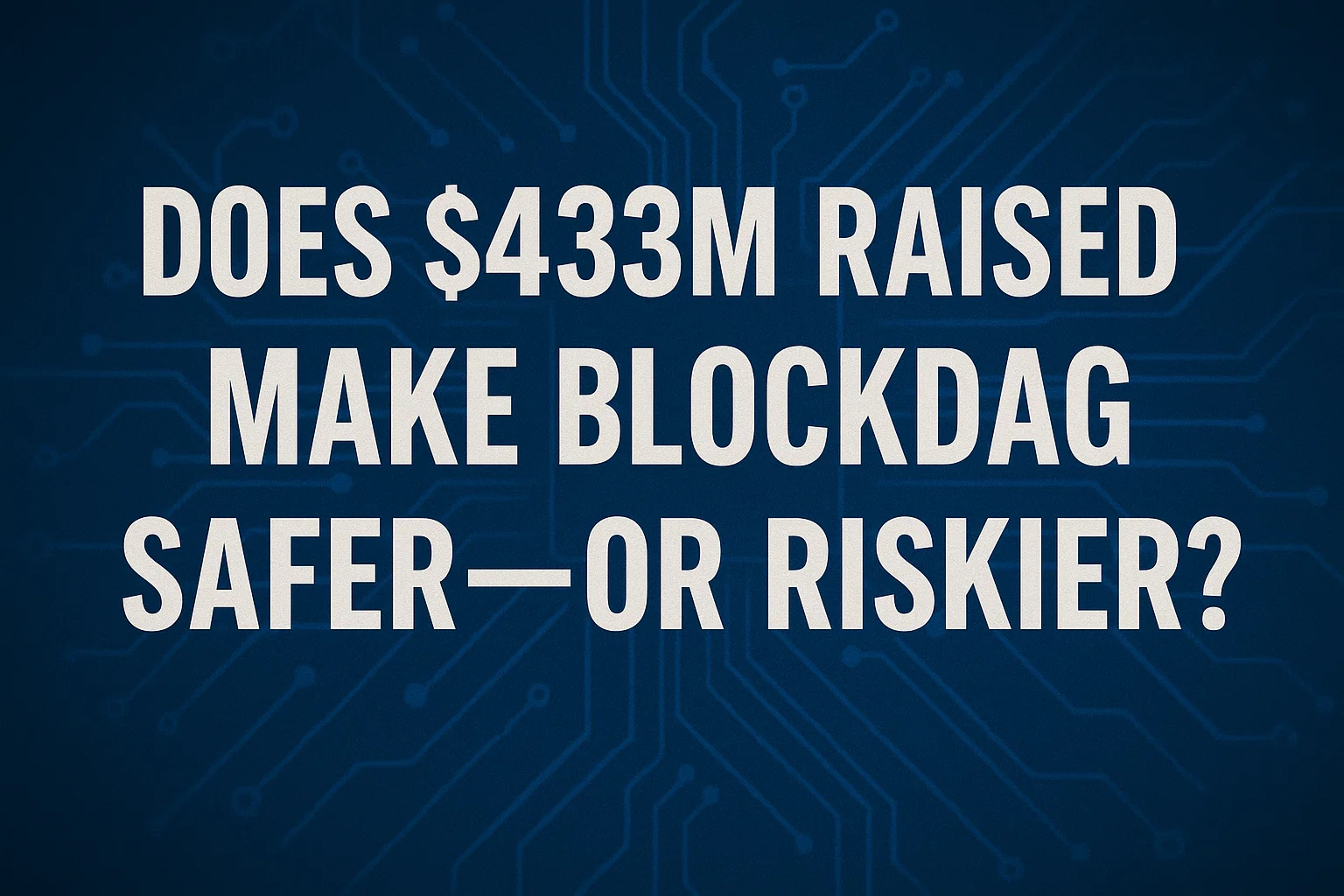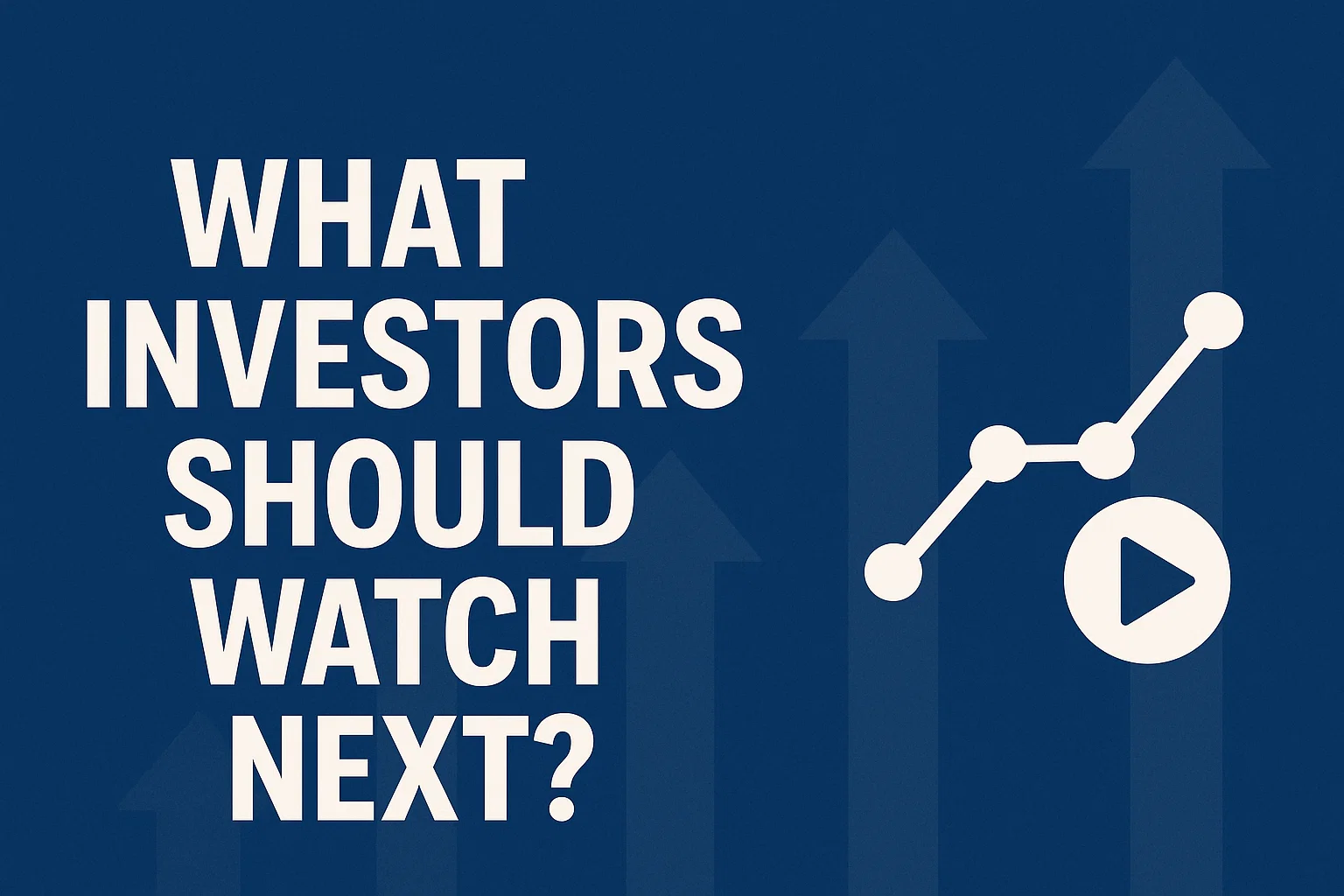The BlockDAG presale has been one of 2025’s loudest fundraising stories, with the project repeatedly touting a war chest well above $400 million. But that momentum has slammed into a wall. On-chain investigator ZachXBT publicly alleged that the personality presented as BlockDAG’s CEO is a paid front and that the project’s actual founder has ties to controversial fintech and crypto ventures.
Reports from industry outlets and exchange blogs had recently echoed BlockDAG’s fundraising claims—placing the tally around $430–$433 million—even as the token sale’s end date drifted. Those figures, coupled with repeated marketing pushes, helped cement BlockDAG as an attention magnet for retail buyers seeking the “next big L1.
What triggered the latest BlockDAG controversy?
The immediate spark was a BlockDAG post announcing a “Value Era” led by its public-facing CEO and promising final tokenomics and a definitive presale end date. ZachXBT replied that the CEO was merely a front for another figure, whom he claimed was the real co-founder behind the project.
These claims landed on a powder keg of preexisting scepticism. For months, BlockDAG’s presale end date slipped while promotional content highlighted huge totals and imminent exchange ambitions. In late summer, third-party writeups and aggregator posts claimed milestone after milestone—$369 million, then over $400 million, and lately $430M+—often paired with language hinting at impending listings or mainnet launches.
Who did ZachXBT say is the real founder?
According to the thread summarised by multiple reports, ZachXBT identified Gurhan Kiziloz as the true co-founder behind BlockDAG, asserting that the public CEO was a paid face. The allegation is explosive because Kiziloz has been linked in the media to a string of controversial fintech and crypto ventures, most notably Lanistar and a cluster of meme coins, including Big Eyes Coin.
The Lanistar chapter is particularly instructive: the UK Financial Conduct Authority (FCA) issued a consumer warning about Lanistar in November 2020, then removed it the same week after the firm agreed to clarify its regulatory status and amend marketing.
Meanwhile, media coverage traced Kiziloz-linked teams to the development or promotion of several meme tokens. One of them, Big Eyes Coin, reportedly claimed $40m+ raised before collapsing shortly after launch, according to Financial News.
Does $433M raised make BlockDAG safer—or riskier?

Large raises cut both ways. On one hand, accumulation of $430M+ suggests intense market interest and theoretically gives BlockDAG ample runway to ship technology, list on exchanges, and build an ecosystem. On the other hand, the bigger the raise, the greater the obligation to show credible execution, governance, and disclosures—and the bigger the damage if claims prove inflated or funds are misused.
Even before ZachXBT’s latest volleyscepticism swirled around the presale’s duration, moving targets, and vague listing talk. Coverage throughout August and September documented shifting timelines, headline-grabbing totals ($343M, $369M, $403M), and a promise to end the sale by mid-August—followed by continued sales at adjusted prices.
The specific allegations—and what’s been corroborated
ZachXBT’s posts (as summarised by crypto media) made three claims:
-
The public CEO is a paid front, while Gurhan Kiziloz is secretly in charge.
-
Retail presale funds are being transferred through OTC brokers.
-
Mentions of the alleged founder were censored in BlockDAG’s channels.
Coverage from CryptoNews compiled these claims alongside examples of deleted replies and blocks on X and noted that BlockDAG had not provided transparent counter-evidence at the time of publication. Crucially, while media investigations connect Kiziloz to Lanistar and Big Eyes, and while the FCA incident is a matter of record, the extent of his formal role inside BlockDAG remains a live dispute. This is the nub: allegations are specific; governance proof is scarce.
Other outlets had already chronicled ZachXBT’s warnings about BlockDAG as far back as August—well before the “Value Era” post—saying he urged caution about a presale inching from $300M+ towards $375M+ with few verifiable deliverables, limited code activity, and ambiguous listings. That earlier wave of scrutiny built the runway for the present conflagration.
What does BlockDAG promise, technically?
BlockDAG’s pitch is a Layer-1 combining Proof-of-Work security with a DAG-style architecture to increase throughput. Marketing materials and third-party posts reference performance claims (e.g., 1,400 TPS on testnet), an EVM-compatible environment, and ambitions for a “road to Binance” listing campaign. A third-party news blog for an exchange recently repeated these points in the context of the $430M tally. But independent, reproducible technical milestones—audits of the core network, open-source progress, or confirmed exchange listings—remain the yardstick investors are asking for.
CryptoNews reports that Halborn and CertiK audits cited by BlockDAG were limited to vesting contracts, not a full mainnet security review—an important distinction for anyone weighing production readiness. Until end-to-end audits and open repositories substantiate performance claims, headline TPS and marketing sizzle should be treated as unverified.
The road to the crisis: timelines, promises, and moving goalposts
In July and August, BlockDAG’s posts framed August 11 as a hard deadline (with a “global launch” price), pairing that with claims of U.S. exchange targets. Soon after, the date slipped; prices shifted; and the presale kept going. That pattern recurred into the autumn, fueling Trustpilot frustration and social chatter accusing the project of dangling expiring opportunities that never truly expire.
The founder link matters—here’s why
Crypto is awash in brand-new entities with thin paper trails. When a project’s true leadership is unclear, investors can’t accurately assess conflicts, track records, or fiduciary integrity. In this case, associating BlockDAG with Gurhan Kiziloz pulls in prior controversies: regulatory entanglements with the FCA and meme coin launches that reportedly imploded right after listing. Even if BlockDAG’s tech were real and promising, governance opacity magnifies risk—both reputational and regulatory.
What investors should watch next?

1) Verifiable governance. Clear, on-record answers about who owns and controls BlockDAG’s entities (e.g., Seychelles-registered DAG Systems Ltd.) matter more now than ever. If the alleged hidden founder is involved, the project should say how and in what capacity.
2) Delivery, not deadlines. A credible mainnet timeline should be accompanied by public code, audit scopes that cover the core protocol, and third-party validation. Contract-only audits are not enough for a Layer-1.
3) Listings with documentation. Vague hints about Coinbase, Gemini, or “20 exchanges” are not substitutes for formal announcements by the exchanges themselves. Screenshot “announcements,” paid advertorials, or reshared blog posts fall short of listing confirmation.
4) Fund flows and treasury policy. If a project raises $430M+, it should publish multi-sig structures, custody arrangements, and independent attestations—and address allegations about OTC movements directly.
5) Communications conduct. Blocking critics, deleting replies, or banning certain names in chats might calm a channel, but it damages trust. Mature teams answer tough questions in public, with facts.
Could BlockDAG still recover?
Yes—but only with radical transparency. The project would need to publish corporate ownership, confirm (or deny) the alleged founder’s role, share treasury proofs, and put forward technical evidence that withstands independent scrutiny.
The BlockDAG saga encapsulates a recurring cycle in crypto:
-
Explosive presales are marketed with superlatives,
-
Shifting timelines and stretchy narratives,
-
Investigators (like ZachXBT) are raising red flags, and
-
Communities are split between believers and burned veterans.
It’s not the first time high-gloss marketing has overshadowed open-source substance. Nor is it the first time that an alleged hidden founder disrupted a carefully curated brand image. What feels different is the scale—$430M+ is enough to move markets and headlines. With that scale comes a duty to disclose and deliver.
Bottom line
At minimum, BlockDAG now carries material reputational risk tethered to ZachXBT’s claims and to media-documented histories of related figures. Until the project clarifies leadership, proves its tech, and documents its treasury, investors should treat all presale marketing with caution. Fundraising totals and sleek videos aren’t the same as verifiable progress.
Conclusion
BlockDAG’s $433M presale isn’t just another big number—it’s a test of whether crypto fundraising culture can mature. Allegations that a hidden founder with a controversial track record is steering the project have transformed a buzzy raise into a governance crisis. The response from BlockDAG—fact-based disclosures, hard deliverables, and independent verification—will decide whether this is a speed bump or a fatal credibility hit. Until then, the prudent stance is measured scepticism: demand receipts, not rhetoric.
FAQs
1) Did BlockDAG really raise $433 million?
Several third-party posts and exchange blogs have amplified BlockDAG’s claims of $430M–$433M raised. However, independent, verifiable attestations of the full treasury have not been published publicly.
2) What exactly did ZachXBT allege?
He alleged that the publicly presented CEO is a paid figurehead and that Gurhan Kiziloz is the real co-founder, further claiming presale funds were routed via OTC brokers and that mentions of Kiziloz were censored in BlockDAG’s channels.
3) Why does Gurhan Kiziloz’s name matter?
Media reports link Kiziloz to Lanistar—which faced and then saw the withdrawal of an FCA consumer warning in 2020—and to meme coin launches like Big Eyes Coin that reportedly cratered after launch, hurting investors.
4) Are there confirmed exchange listings or a mainnet date?
BlockDAG and third-party blogs have referenced ambitions for high-profile listings and touted testnet performance, but confirmed listings from exchanges and full protocol audits have not been established publicly. Prior end dates have slipped, and the presale has continued.
5) How should potential buyers approach this now?
Focus on verifiability: corporate ownership records, treasury proofs, audit scopes covering the core network, and exchange announcements from the exchanges themselves. A large presale is not a substitute for transparent governance and shipped software.
Read more: Bitcoin and Blockchain: Fueling a Decentralised Space Race




